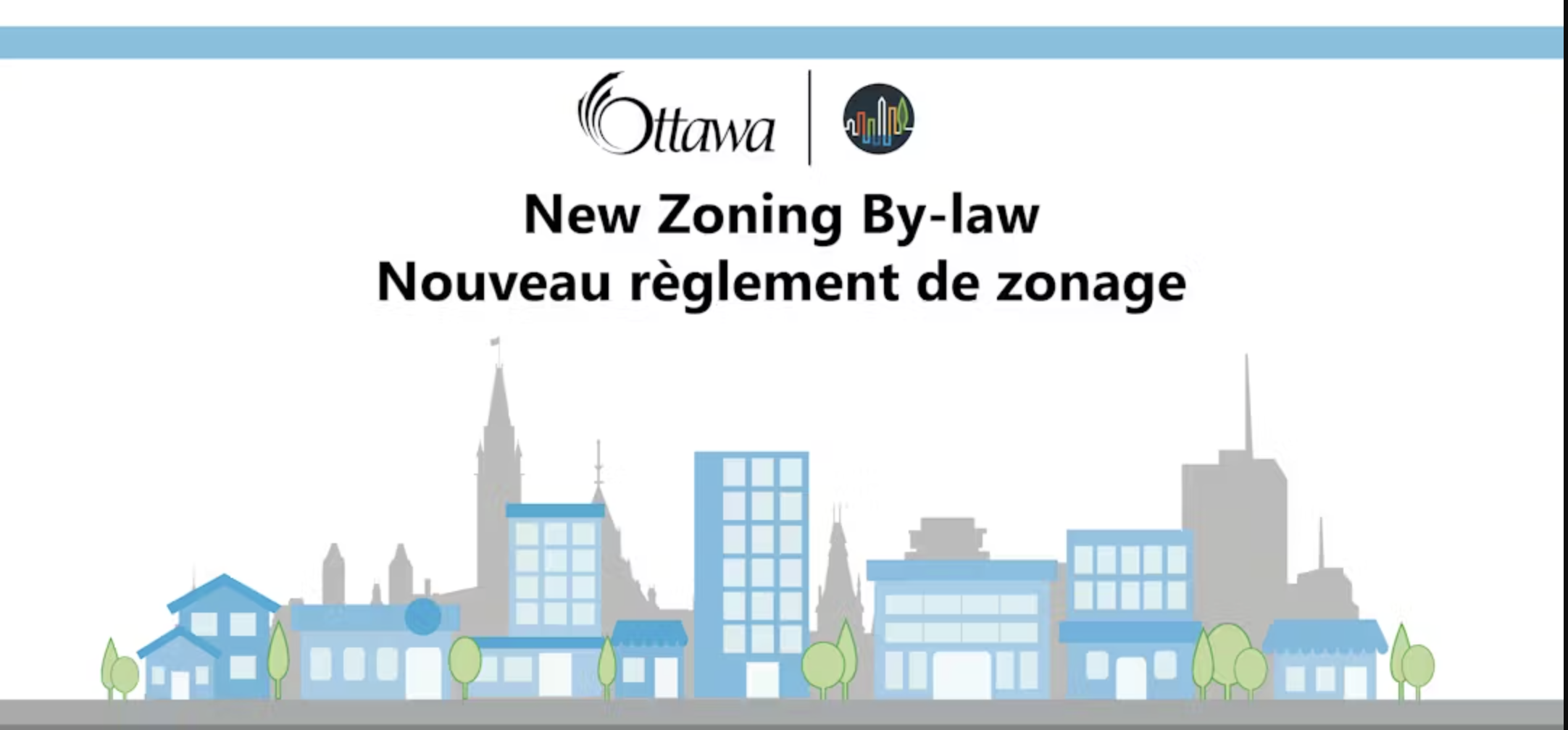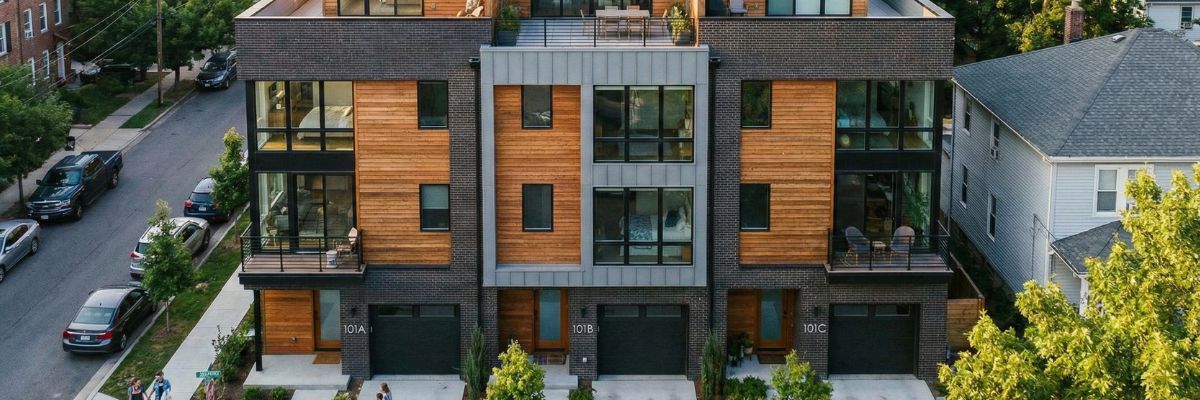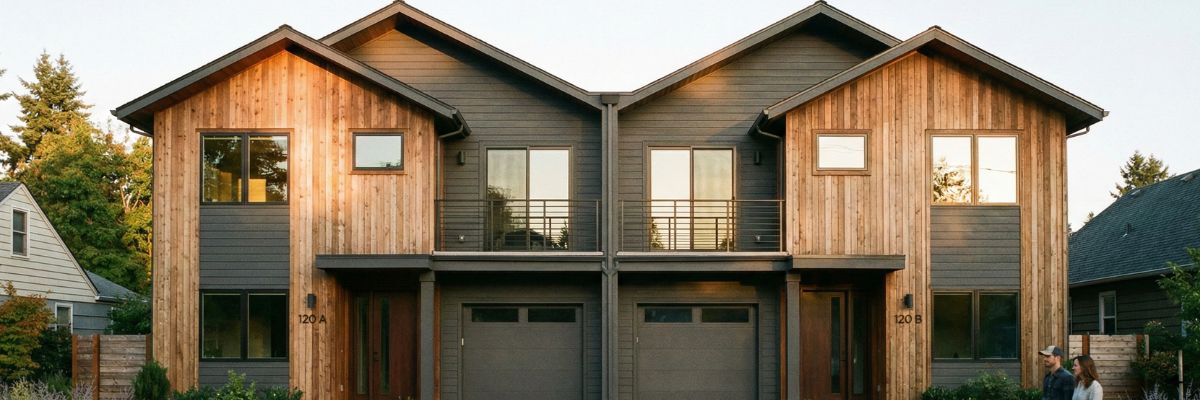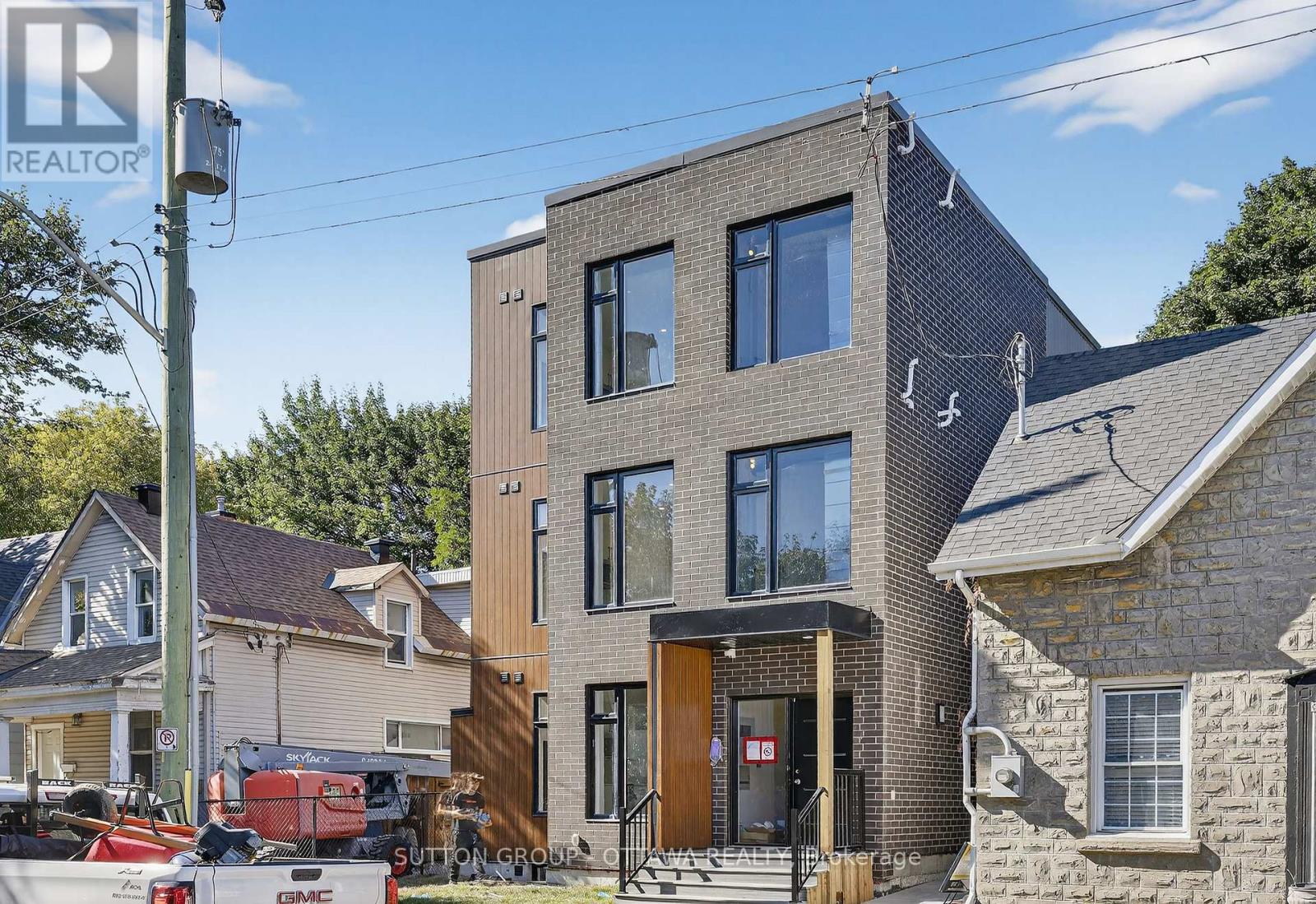How Long Does It Take To Build A House In Ottawa?
On average, building a new custom home in Ottawa takes approximately 8 to 12 months from start to finish.
However, the total timeline can vary significantly depending on several factors, such as the size and complexity of the build, the permitting process, weather conditions, and availability of supplies.
Key Factors Affecting Construction Timeline
Size and Complexity of the Project:
The size of the building directly correlates with the time required to complete it. Larger, more complex homes demand more resources, materials, and labour, extending the timeline significantly.
Additionally, intricate designs that involve custom architectural details, unique structural elements, or high-end finishes require specialized skills and careful attention, which can slow down progress. Complex projects may also require additional inspections and approvals, adding to the overall timeline.
Permit Process:
The permitting process for building a new home in Ottawa involves multiple consultants and careful adherence to local regulations. Key permits include the building permit for Ontario Building Code compliance, a development permit for zoning adherence, and specific engineering items for permits for grading, plumbing, and electrical work.
To streamline the process, it’s wise to consult with the city’s planning department early, then prepare and submit detailed applications, including drawings and project specifications. Applications may be submitted electronically, in person, or by mail, with fees based on the square footage and overall project value.
Simple approvals can take a month, but complex projects may extend to several months. Engaging professionals like architects and builders can be invaluable, helping to ensure all requirements are met, which prevents costly delays or penalties. Luckily we are a one-stop shop for all architectural and engineering items. We have strong relationships that can help fast-track this.
Weather Conditions:
In regions like Ottawa, extreme weather is a critical factor, particularly during the winter months. Cold, snow, and ice can slow or halt certain types of work, such as concrete pouring or roofing, as these tasks require specific conditions to ensure quality and safety.
Unpredictable weather patterns can lead to unexpected downtime, so project managers often build flexibility into schedules to accommodate delays. Some projects may even require temporary structures or additional heating to allow work to continue through winter, though these solutions can add time and expense.
Availability of Materials and Labor:
Global supply chain disruptions, like those seen in recent years, can cause delays in material availability, from lumber to specialized fixtures. Shortages of specific materials may require sourcing from alternative suppliers, potentially leading to higher costs or prolonged waiting periods.
Similarly, skilled labour shortages can extend timelines, especially for tasks requiring licensed professionals (like electricians or plumbers). High demand in the local market can mean waiting longer for qualified tradespeople, with scheduling difficulties impacting overall project flow. Ensuring reliable suppliers and maintaining good relationships with contractors can help mitigate these issues but may not eliminate them entirely.
Site Preparation and Condition:
The condition of the construction site can impact the timeline as well. For example, sites that require extensive grading, excavation, or demolition can add weeks or even months to the project.
Additionally, unexpected issues, like the discovery of contaminated soil or underground utilities, can halt progress until they’re resolved. Pre-project site assessments and soil testing can help identify these potential problems early on, allowing for adjustments to the timeline or budget.
Project Management and Communication:
Effective communication and coordination among all parties involved (contractors, architects, engineers, and clients) play a major role in keeping the project on track. A well-organized project manager can ensure tasks are completed in sequence and issues are addressed proactively, reducing the risk of delays.
Conversely, miscommunication or disorganized project management can lead to scheduling conflicts, resource shortages, or costly mistakes, all of which can push back the completion date.
Changes in Project Scope or Design:
Mid-project design changes or expansions in project scope can significantly impact the timeline. Adjustments may require revisiting the permitting process, modifying construction plans, or even reordering materials, all of which can add to the timeline.
To avoid delays, it’s ideal to finalize design decisions early on and limit scope changes during construction. However, if changes are necessary, clear communication and proactive planning can help minimize the time impact.

Home Building Timeline Example
Planning and Design Phase (1-2 months)
- During this stage, architects and designers work with clients to develop the home’s layout, style, and features. This includes drafting floor plans, finalizing architectural details, and selecting materials.
- Any necessary revisions are made to ensure the design meets both client expectations and local building regulations. This stage can extend if there are significant changes or approvals needed for specific design features.
Securing Permits (1-3 months)
- Obtaining permits from local authorities is crucial and can be time-consuming. This phase involves submitting the finalized plans to the relevant municipal departments, where they’re reviewed to ensure compliance with zoning laws, building codes, and environmental regulations.
- In some cases, additional documentation or plan adjustments may be requested, which can add to the timeline. This step is generally one of the most variable in terms of duration.
Site Preparation (1-2 weeks)
- Site preparation begins with clearing any vegetation or existing structures from the land. This process may also involve grading the ground and setting up basic utilities like temporary electricity and water for construction purposes.
- For some sites, additional work, such as addressing poor soil quality or removing underground obstructions, can extend this phase slightly.
Foundation Work (2-4 weeks)
- The foundation, which supports the entire structure, is then laid. This includes excavating the area, pouring concrete, and ensuring the foundation meets all structural requirements.
- Different foundation types (such as slab, crawl space, or full basement) can affect the timeline. Additionally, the curing time for concrete can vary depending on weather conditions, which may impact the overall duration.
Framing (1-2 months)
- Framing forms the “skeleton” of the house, including walls, floors, and the roof structure. This stage defines the shape and size of each room, as well as the overall layout of the house.
- Framing can take longer in larger or more complex designs, as additional structural support and precision are required. Once the framing is complete, the home begins to take a visible shape.
Plumbing, HVAC and Electrical (1-2 months)
- After framing, contractors install the plumbing and electrical systems. This stage includes laying out pipes, installing wiring, and setting up HVAC systems.
- As these systems require inspection for safety and code compliance, this phase may experience minor delays, particularly if adjustments are needed after inspections.
Interior and Exterior Finishing (2-3 months)
- The finishing stage involves adding insulation, drywall, flooring, and cabinetry, as well as painting interior and exterior walls. Additionally, this phase includes installing fixtures, appliances, and other essential elements that complete the home’s interior.
- The timeline for this phase can vary depending on the level of customization and quality of materials chosen, as high-end finishes or custom features often require extra time for precision installation.
Final Inspections (1-2 weeks)
- Local authorities conduct final inspections to ensure the home meets all safety and building codes. Inspectors check all systems (such as electrical, plumbing, and HVAC) to confirm they’re properly installed and functional.
- If the home passes inspection, a certificate of occupancy is issued, allowing residents to move in. If issues arise during the inspection, minor adjustments may be needed before the project can be officially completed.
How Much Does It Cost To Build A House In Ottawa In 2024?
In Ottawa, the cost of building a house varies based on factors such as size, design complexity, and material quality. Here's a breakdown:
- Standard Homes: Construction costs typically range from $300 to $450 per square foot. For an average-sized home of 2,500 square feet, this translates to a total cost between $750,000 and $1,125,000.
- Luxury Homes: For high-end custom homes, costs can escalate to between $500 and $1,055 per square foot, resulting in total expenses ranging from $1,250,000 to $2,637,500 for a 2,500-square-foot residence.
These estimates encompass various expenses, including materials, labour, permits, and other related costs. However, actual costs can fluctuate based on specific project requirements, current market conditions, and individual preferences.
Takeaway
Building a new custom home in Ottawa typically spans 8 to 12 months but can vary based on a few key factors. A streamlined timeline includes stages such as planning, securing permits, site prep, and construction phases like framing, plumbing, electrical work, and final finishing.
If you are interested in starting a new home build in Ottawa, talk to Ottawa General Contractors. Our team is here to help you build the perfect home from start to finish, contact us today for a free quote!

.svg)






.jpg)
.jpg)


